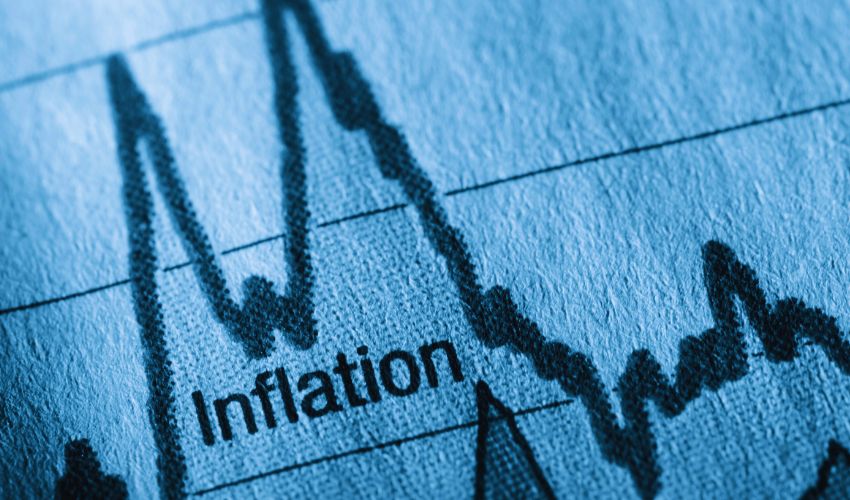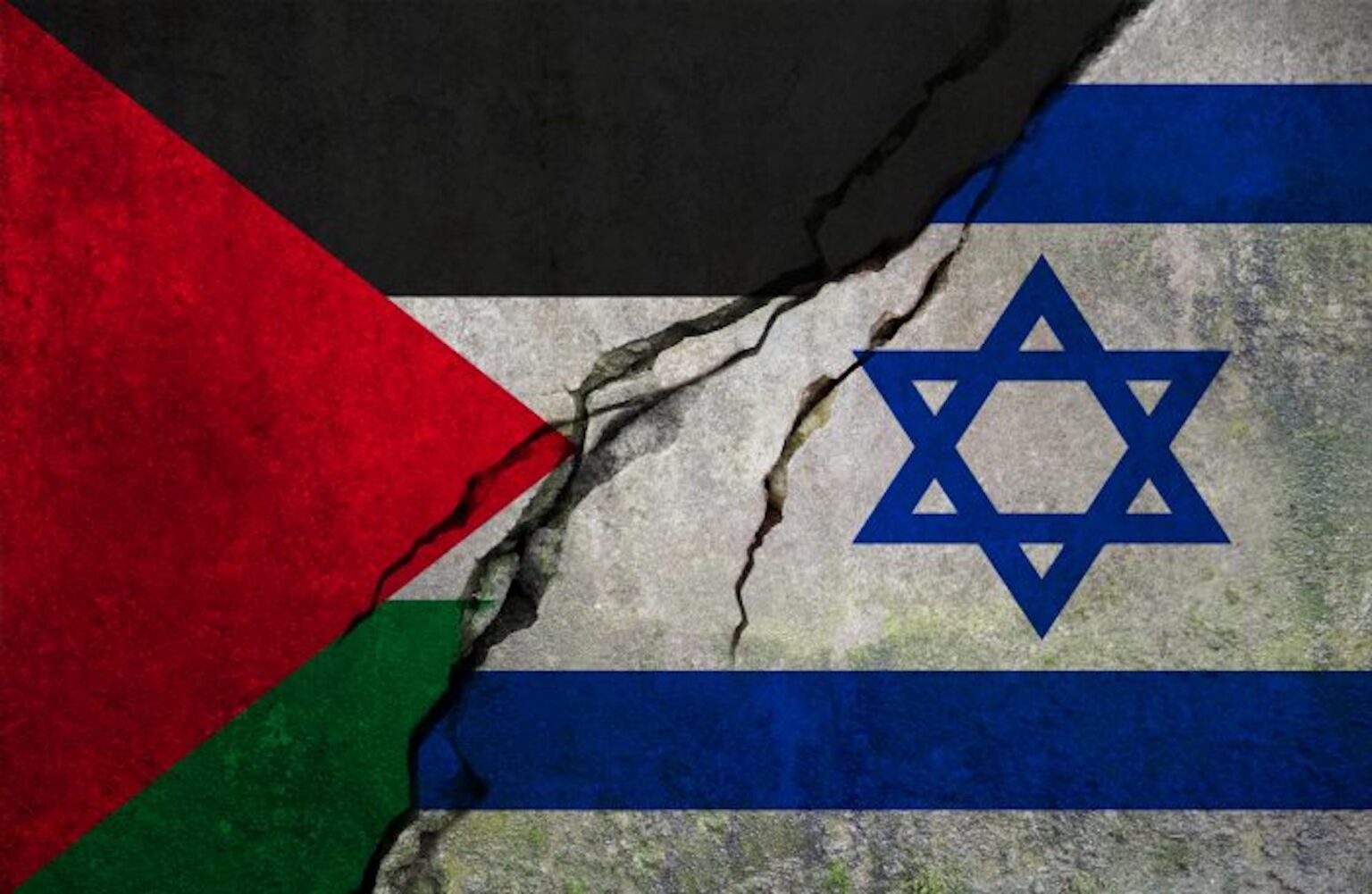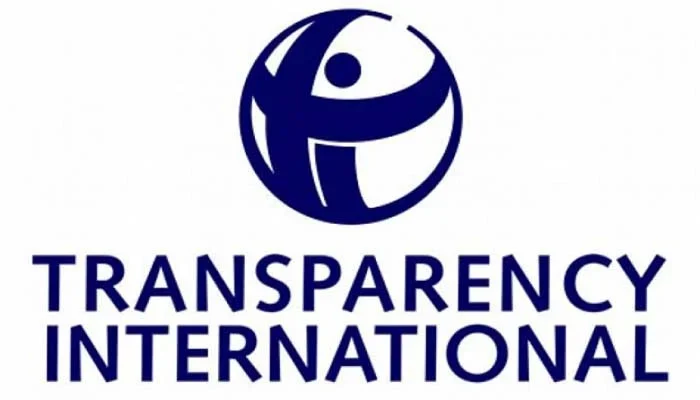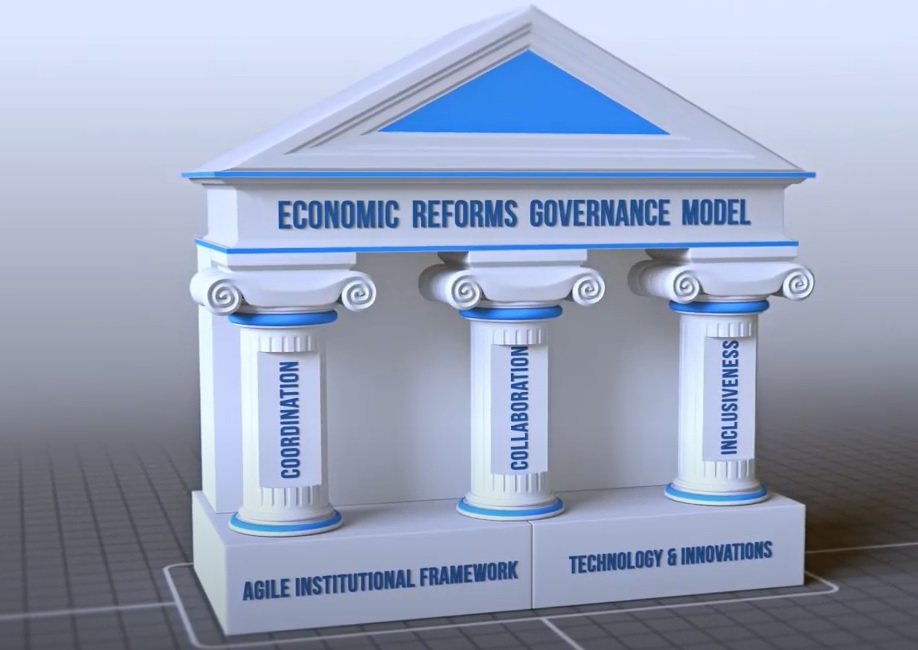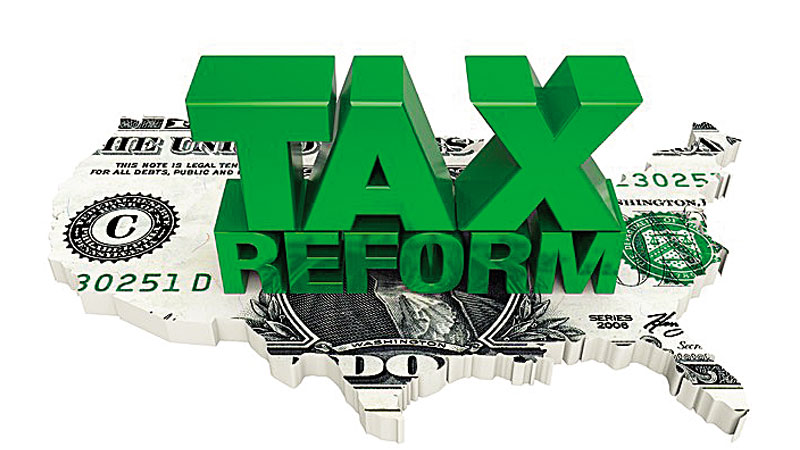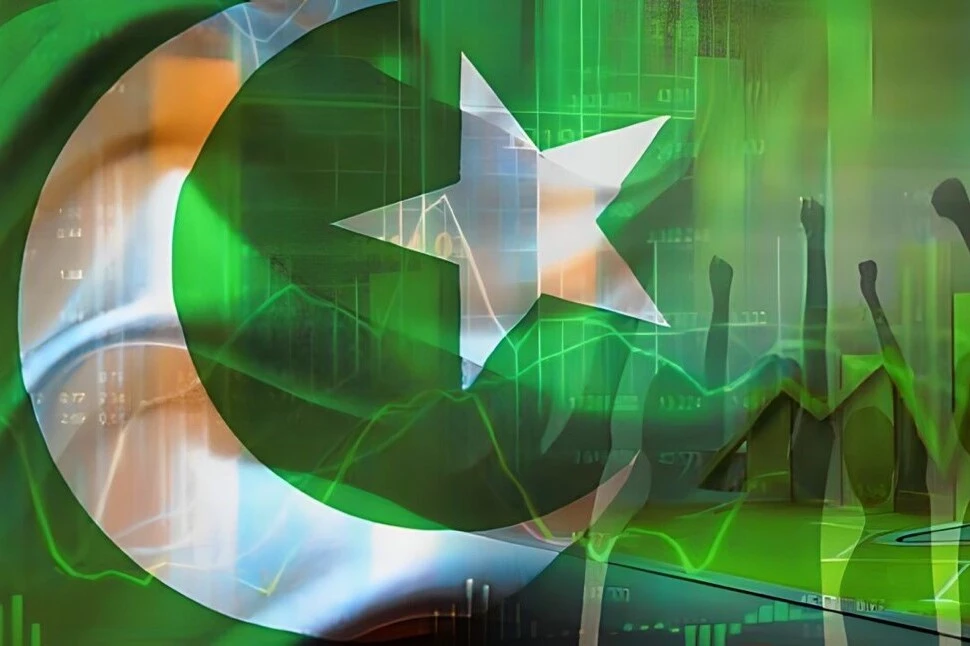Zafar Iqbal
Inflation refers to the general increase in the prices of goods and services over a period of time. It affects consumers by reducing their purchasing power, as the same amount of money can buy fewer goods and services. This, in turn, can lead to a decrease in the standard of living, as people are unable to afford the same level of consumption as before. Inflation can also lead to a decrease in savings, as the value of money is eroded over time.
Inflation can also affect the economy by reducing investment, as investors are uncertain about the future value of money and may be hesitant to invest. It can lead to a decrease in exports, as the prices of goods and services become less competitive in the international market. Inflation can also lead to an increase in interest rates, as central banks may try to control inflation by tightening monetary policy. This can have a negative impact on businesses and households that have taken out loans, as they would need to pay higher interest rates.Over the past few months, there has been a notable decrease in the rate of inflation in Pakistan, as measured by the Consumer Price Index. The rate of inflation was relatively high in December 2023, at 29.7 percent on a year-to-year basis. However, it has fallen to 28.3 percent in January 2024, 23.1 percent in February, and 20.7 percent in March, representing a significant drop of 9 percentage points over a three-month period. This decline can be attributed to several factors, including [specific factors contributing to the decline in inflation].
While the recent decline in the rate of inflation is certainly a relief, the rate remains high by both historical and international standards. Pakistan’s inflation rate is by far the highest in South Asia, with Bangladesh operating at 9.3 percent and India operating at only 4.6 percent. The people of Pakistan have experienced a cumulative increase in the overall price level since 2020-21 of over 79 percent, which has had a devastating impact on living standards, especially for unskilled workers employed in the informal sector. It is crucial that we work towards lowering the inflation rate to improve these living standards.
A more in-depth analysis of the group level reveals that the decline in the rate of inflation in the overall food price index accounts for 42 percent of the overall drop, while the slowing down in the rate of increase in the non-food price index makes up the remaining 58 percent. A further in-depth examination of the food items has indicated that there has been a significant moderation in the rate of inflation for some food items, such as wheat flour, livestock products like milk and chicken, and fresh fruits. The rate of inflation for imported goods like vegetable ghee, tea, and pulses has also decreased significantly, thanks to the stability of the rupee and the decline in international prices.
On the other hand, over half of the moderation in the rate of inflation in non-food prices is due to the moderation in the rate of inflation in the price of gas. The escalation in the price of gas has reduced from 1134 percent to 570 percent on a year-to-year basis, making a significant contribution to the reduction in the overall rate of inflation.
The rate of inflation is not only a concern for the people of Pakistan but also for the policy-makers. It is crucial that they take immediate and effective measures to ensure that the rate of inflation does not start rising again. The outlook for the rate of inflation is uncertain, and it hinges critically on the policies and reforms in the forthcoming new IMF program. The stability in the value of the rupee has been achieved largely by physical controls over imports. The fundamental question is whether this policy will continue in the new IMF program or not.
Moreover, the extent of escalation in electricity and gas tariffs, the full restoration of the sales tax on petroleum products, and the movement in international prices are also risk factors that may affect the rate of inflation in Pakistan. The situation in the Middle East has created a supply situation where the price of oil could start rising, and there are some projections that it might approach USD 100 per barrel in the coming months. These potential risks and uncertainties underline the need for careful monitoring and proactive measures to maintain the current decline in inflation.
In conclusion, the new government needs to make maximum efforts to ensure that the rate of inflation does not start rising once again. Ideally, by the beginning of 2025, the inflation rate should fall to between 12 percent and 14 percent. The people of Pakistan have bravely faced the brunt of the big increases in prices since 2021-22, and it is important to ensure that their living standards improve by lowering the rate of inflation.
Please, subscribe to the YouTube channel of republicpolicy.com



































